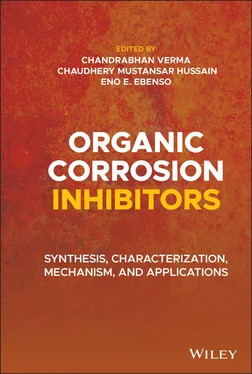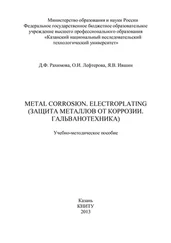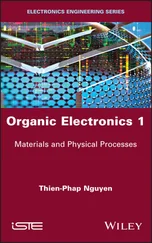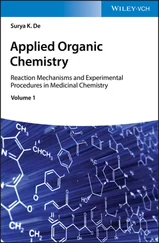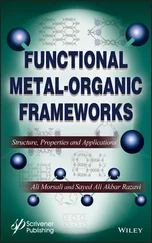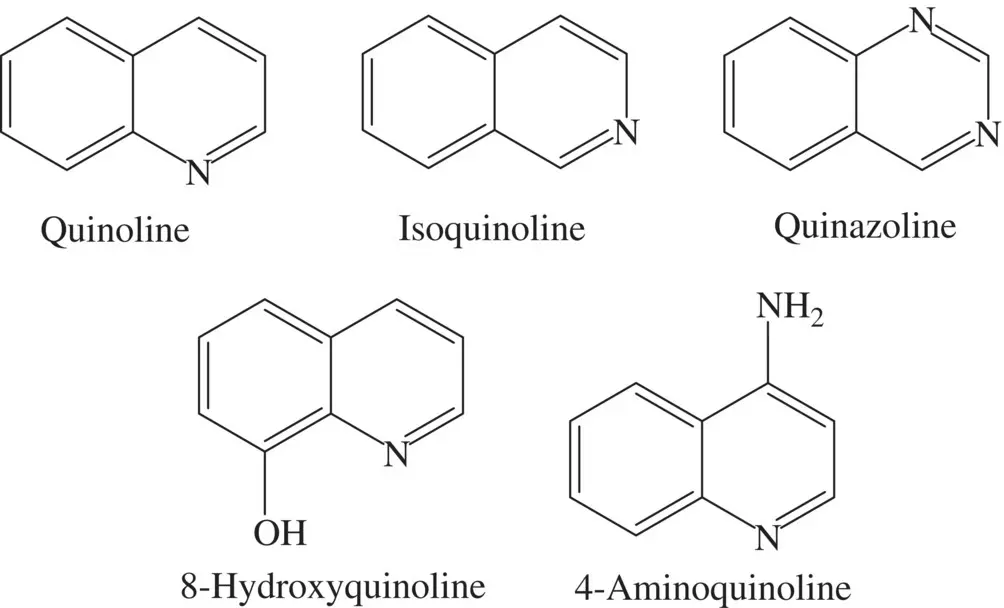
Figure 4.6 The chemical structures of the main quinoline compounds.
4.2.1.6 Carboxylic Acid and Biopolymers
As known well, composites and conductive polymers are adsorbed by metal surfaces, suppress the dissolution process, and provide the formation of a protective film for corrosion. In this context, the advantage of polymers and composites over other protective coatings such as paint is that they are environmentally friendly since they do not contain toxic substances [67–70]. In this context, Ateş and Özyılmaz [68] obtained polycarbazole, polycarbazole/nanoclay, and polycarbazole/Zn‐nanoparticles film layers by chemical and electrochemical techniques and investigated the corrosion inhibition properties of them on SS304 in saltwater. In their study, they determined that the protection efficiency of the film layers polymerized chemically (PE: 99.81% for PCz, 99.46% for PCz/nanoclay and 99.35%, PCz/Zn‐nanoparticle) has been greater than the values obtained by electrochemical methods (PE: 70.68% for PCz, 65.97% for PCz/nanoclay, 66.28%forPCz/Zn‐nanoparticle) [68]. Recently, carbohydrates and derivatives, containing the polar groups such as OH, –NH 2, and –COCH 3, which facilitate their solubility in electrolyte, have been greatly investigated to use as environmentally friendly corrosion inhibitors for metal and alloys [71]. Vazguez et al. have investigated eight carbohydrates (three commercially obtained and five synthesized) for corrosion inhibition of API 5L X70 steel in acidic medium: the corrosion process is mixed type according to the thermodynamic analysis results and the best inhibition potential has been determined as 87% (for synthesized Methyl‐4,6‐ O ‐Benzylidene‐ α ‐D‐glucopyranose) at 50 ppm [72]. Also, chitosan as a linear aminopolysaccharide is a copolymer of D‐glucosamine and N ‐acetyl‐D‐glucosamine and is obtained by deacetylation of chitin. Due to the abundance of –OH and –NH2 polar groups in the chitosan structure, they are easy to be adsorbed by the metal surface and are reported to be a good corrosion inhibitor [72–75]. In addition, among green corrosion inhibition research, plant extracts “multi‐phytoconstituents from dioscoreaseptemloba” [76] on carbon steel in acidic solution and seven natural polymers for AZ31 Mg‐alloy [77] in the saline media have been also explored. Polymeric corrosion inhibitors with recently reported environmentally friendly inhibition properties are given in Figure 4.7.
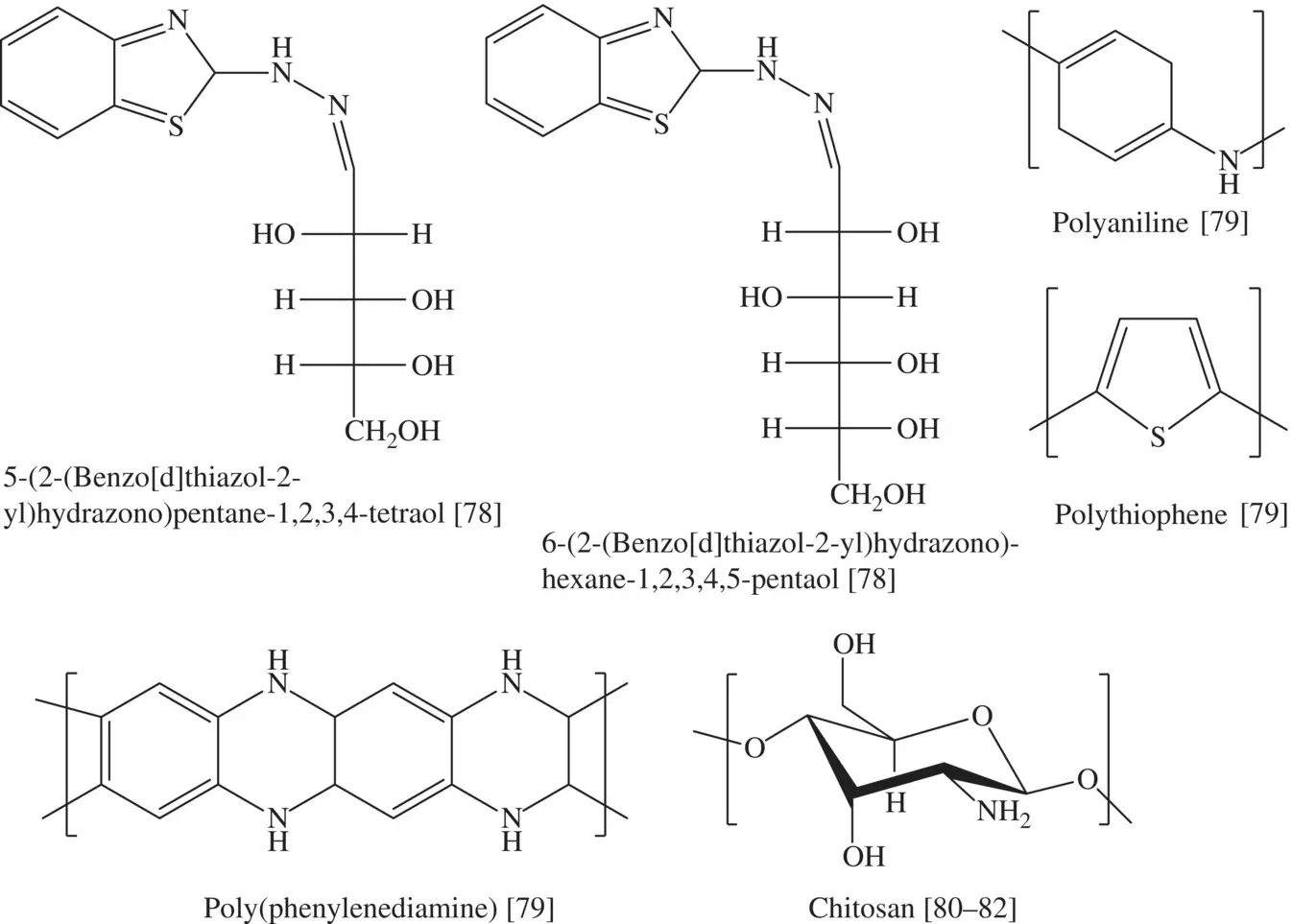
Figure 4.7 The chemical structures of the green corrosion inhibitors.
From Refs. [78–82].
4.2.1.7 Inorganic Corrosion Inhibitors
In addition to organic corrosion inhibitors, inorganic molecules and inorganic salts are also considered as inhibitor in the prevention of corrosion of metal surfaces. Many inorganic complexes, ions, and salts were successfully used against the corrosion of metal surfaces in different corrosive environments [83–85]. Inorganic corrosion inhibitors prevent the corrosion via reaction of anodic and cathodic parts of the system. On the other hand, organic corrosion inhibitors prevent the corrosion process adsorbing on metal surfaces. The most widely used inorganic corrosion inhibitors are the salts of zinc, copper, nickel, arsenic, and additional metals. It should be noted that arsenic compounds are widely considered compared to others. The mentioned arsenic compounds scrape at the cathode cell of metal surfaces when they are mixed in the corrosive medium. It is important to note that the plating decreases the percentage of hydrogen ion interchange. The reason of this situation is the formation of iron sulfide. The reaction between iron sulfide and acid is known as a dynamical process. In the literature, some advantages and disadvantages regarding the using of inorganic corrosion inhibitors are reported. The advantages of them are that they can be used for a long time at high temperatures. Additionally, compared to organic corrosion inhibitors, they are cheaper. As disadvantage, it can be noted that they lose speedily their abilities to connect in the acid solutions that are stronger than 17% hydrochloric acid [86]. Inorganic corrosion inhibitors are classified as anodic and cathodic inhibitors.
4.2.1.8 Anodic Inhibitors
Anodic inhibitors are also known as passivation inhibitors. They cause a reducing anodic reaction. Namely, they support the metal surfaces blocking the anode reaction. In addition, they form a film adsorbed on metal surface. Usually, these inhibitors form the mentioned cohesive and insoluble film reacting with corrosion product initially formed. The corrosion inhibitors and the corrosion potentials of the metals studied affect the anodic reaction [87]. As a result of the reaction with the metal ions (M n+) on anode of corrosion inhibitors, insoluble and impermeable metallic ions hydroxide films occur. If concentrations of inhibitor molecules reach to sufficient height, the cathodic current density becomes higher than the critical anodic current density. Consequently, the metal is passivated. In anodic inhibitors, it is quite important that concentrations of inhibitor molecules should be high in the solution considered. If concentration of inhibitor is low, the film formed cannot cover the entire metal surface. This situation causes a localized corrosion [2]. Nitrates, molybdates, sodium chromates, phosphates, hydroxides, and silicates are the examples of anodic corrosion inhibitors.
4.2.1.9 Cathodic Inhibitors
In the course of corrosion process, the cathodic corrosion inhibitors prevent the occurrence of the cathodic reaction of the metal surfaces. These mentioned inhibitors having some metal ions form insoluble compounds that precipitate in cathodic sites. Here, a compact and adherent film restricting the diffusion of reducible species in these areas settles down on metal surface. The oxygen diffusion and electrons conductive in these areas provide that these inhibitors have a high cathodic inhibition. Magnesium, zinc, and nickel ions can be given as example for cathodic inhibitors because they form the insoluble hydroxides as (Mg(OH) 2, Zn(OH) 2, Ni(OH) 2reacting with the hydroxide ions of water. The formed insoluble hydroxides are deposited on the cathodic sites of the metal surfaces to protect them. As other examples of cathodic inhibitors, the oxides and salts of antimony, arsenic, and bismuth, which are deposited on the cathode region in acid solutions, can be presented. It is well‐known that these inhibitors minimize the release of hydrogen ions [88]. In the current literature, many studies regarding the performances against the corrosion of metal surfaces of inorganic corrosion inhibitors are available [84,89–91].
1 1 Fontana, M.G. (1986). Corrosion Engineering, 3e. Boston, MA: McGraw‐Hill.
2 2 Bardal, E. (2004). Corrosion and Protection. London: Springer.
3 3 Olen, R.R. and Locke, C.E. (1981). Anodic Protection: Theory and Practice in the Prevention of Corrosion. New York: Springer.
4 4 Dariva, C.G. and Galio, A.F. (2014). Corrosion Inhibitors: Principles, Mechanisms and Applications. M. Aliofkhazraei, IntechOpen.
5 5 Onyeachu, I. and Solomon, M.M. (2020). Journal of Molecular Liquids 313: 113536.
6 6 Huang, H. and Bu, F. (2020). Corrosion Science 165: 108413.
Читать дальше
